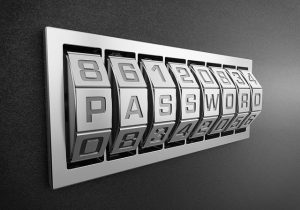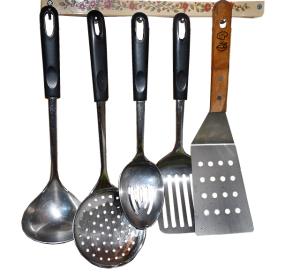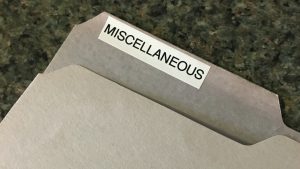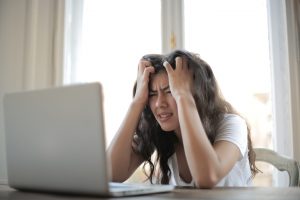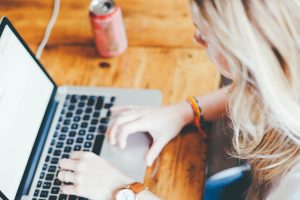
You’ve taken care of all your estate planning and have a health care proxy, power of attorney, and executor of your estate. Bravo! However, your estate planning really shouldn’t end when you write your will.
Consider this: what if the unspeakable happens and you are incapacitated or die. Does your health care proxy know how you want to be cared for? Do you want to be kept on life support, and if so, under what circumstances should life support be continued or terminated? Does your power of attorney know where you keep your important papers? Does your executor know where to find your will and, if you have any, trust documents?
Organize these important papers in one place or create a master list of where they are located. Let your key people and family members know where to find them.
If you have papers in a safe deposit box, your power of attorney will need to know where to find a key. You could staple your spare key to the master list you created to make it very easy to retrieve.
Another useful document to create and to give to a trusted friend or family member is a list of people to be notified in case of your death, with their phone numbers, and how you know them. Update this list annually. Include friends, business associates, contacts at organizations you belong to where other members would want to know (and attend your funeral). If there is one person who can notify the group, all the better—make a note of that. That’s where it’s important to write down how you know each person. For example, you might have several contacts listed for the PTO or Rotary Club, but in each case, you can designate one person who can notify the other members.
Also list people who do regular work for you such as your house cleaner since your death might affect their scheduled work. Doctors and other medical providers will also need to be notified, especially if you have any upcoming appointments that will need to be cancelled.
The other important aspect of estate planning is to plan for your social media. Do you want your accounts such as LinkedIn, Facebook, or Instagram taken down? Who will monitor those sites? In your digital world, how are you keeping track of your passwords? Would your trusted someone know how to access all your accounts including your email?
We live in a very complex world and all the planning you do now will make your executor/personal representative’s job much easier and smoother to facilitate.
Photo: Pixabay
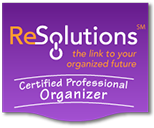
 Join My Email List
Join My Email List
